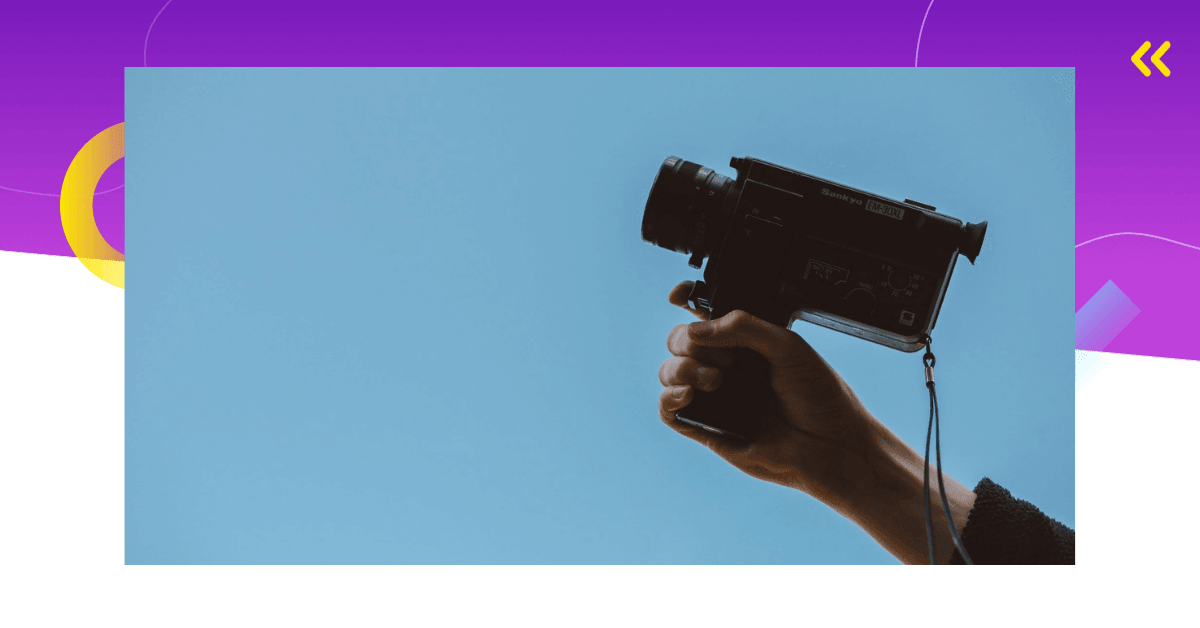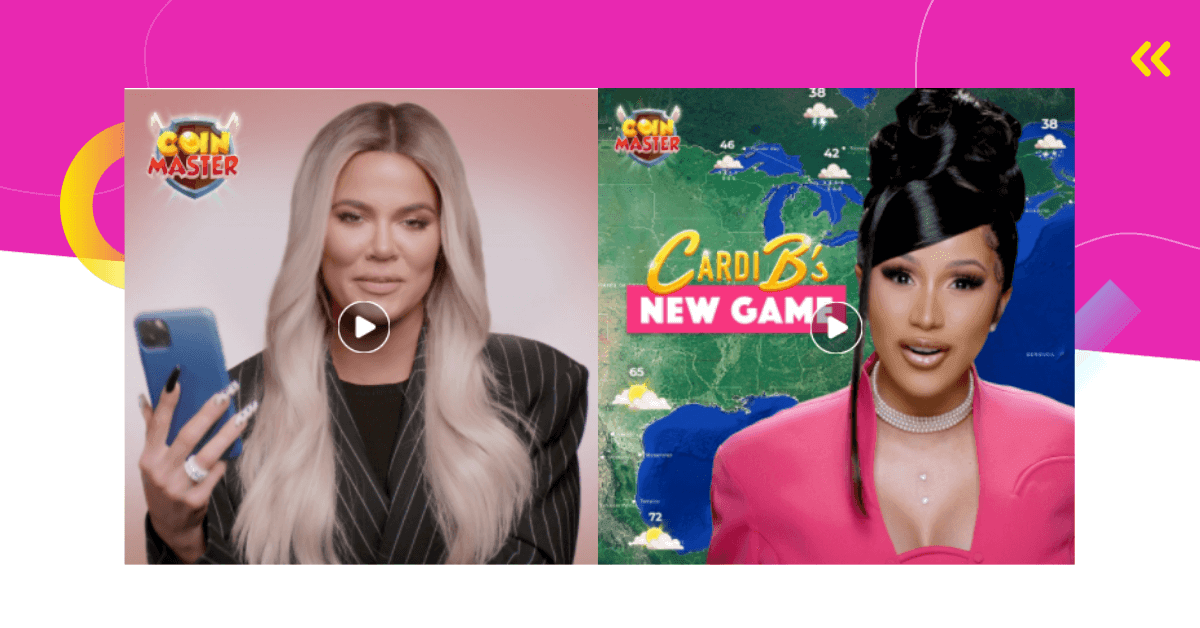If you’re looking to earn money from your app and make it successful, implementing the right mobile app monetization strategies is crucial. In this article, I’ll explain the most effective monetization models to increase your app’s revenue.
But first, here’s a quick definition of mobile app monetization.
What Is Mobile App Monetization?
Mobile app monetization is the process of generating revenue from a mobile app.
This can be done through various methods like in-app purchases, advertisements, and subscriptions. The goal is to find a balance between making money and providing value to users while ensuring they remain engaged and satisfied with the app experience.
Mobile App Monetization Strategies and Models
As I mentioned, there are many different app monetization models you can choose to earn revenue from your app. Here’s an overview of each one.

1. Freemium Model
The freemium model is one of the most popular mobile app monetization strategies.
It offers your app for free, with certain features locked behind a paywall.
Users can download and use the basic version without spending a dime, but if they want access to premium features, they’ll need to make a purchase. This approach not only attracts a broad user base by removing the initial cost barrier but also entices invested users to upgrade for a more enhanced experience.
It’s a win-win: users get to try before they buy, and developers have the opportunity to showcase the value of their premium offerings.
Pro Tip: To maximize conversions from free to premium users in the freemium model, focus on creating a compelling value proposition for your premium features. Implementing features that significantly enhance the user experience or provide tangible benefits can make the premium version more attractive. Additionally, consider using targeted push notifications or in-app messages to highlight the benefits of upgrading at moments when users are most likely to see the value in the premium features.
Freemium Model: Pros and Cons
Pros of the Freemium Model
- Attracts a wider audience with free access.
- Enhances user trust by allowing a trial before purchase.
- Provides a clear pathway to upsell premium features.
Cons of the Freemium Model
- Converting free users to paying customers can be challenging.
- Revenue heavily depends on a small percentage of users upgrading.

2. In-App Purchases
In-app purchases allow users to buy something directly within the app. These can range from virtual goods, like extra lives or special items in games, to additional functionalities or content in non-gaming apps.
For example, purchasing more filters in photo editing apps, increasing profile visibility in dating apps, and purchasing a personalized nutrition plan in fitness apps.
According to Expert Market Research, the global in-app purchase market reached $162 billion in 2023 and is projected to grow significantly, reaching $882 billion by 2032, with a compound annual growth rate (CAGR) of 20.7%.
If you’re thinking about using this popular app monetization strategy, ask yourself – What can I offer to enhance the user’s in-app experience?
As long as the benefits you offer are valuable enough to users, some of them will decide to make a purchase.
This strategy works well because it targets users already engaged with your app, making them more likely to spend money. It’s a flexible approach, too, since you can offer a variety of items at different price points to cater to different user preferences and willingness to pay.
Just make sure not to be too aggressive with offers – it’s one of the most common in-app purchase mistakes.
Pro Tip: Kickstart user spending by initially offering special items, boosters, or content for free. This “first taste is free” approach lets users experience the value of premium features without commitment and encourages them to get used to it. Once users recognize the benefits, they’re more likely to make a purchase when those items are later offered for sale.
In-App Purchases: Pros and Cons
Pros of In-App Purchases:
- Direct revenue from engaged users.
- Flexible pricing for a variety of user preferences.
- Enhances user experience with additional content or features.
Cons of In-App Purchases:
- Risk of alienating users with aggressive sales tactics.
- Requires constant updates and new content to encourage purchases.
- Management and integration complexity can increase development costs.

3. In-App Advertising
In-app advertising is a mobile app monetization strategy where you display ads within your app and earn revenue based on user interactions.
These interactions can include views, clicks, or even installs of other apps.
In-app ads can come in many forms:
- banner ads (small ads that appear in dedicated areas on the users’ screens, e.g., top or bottom)
- interstitials (full-screen ads)
- playable ads (interactive ads)
- video ads (such as rewarded ads)
- native ads that blend seamlessly with the app’s content
This app monetization model is particularly appealing because it allows the app to remain free for users, which can help maintain or increase your user base. Plus, with the right targeting and ad placements, you can ensure that the ads are relevant to your users.
According to Expert Market Research, the in-app advertising market was valued at $163 billion in 2023 and is expected to grow substantially to $728 billion by 2032, with a CAGR of 17.5%.
Pro Tip: Utilize rewarded video ads to boost user engagement and satisfaction. These ads offer users in-app rewards, such as currency, premium content, or additional features, in exchange for watching a video ad. Rewarded video ads are highly effective because they provide a clear value exchange. Users are more likely to view the ad in its entirety, leading to higher engagement rates for advertisers and, consequently, more revenue for you.
In-App Advertising: Pros and Cons
Pros of In-App Advertising:
- Generates steady revenue from active users.
- Keeps the app free, attracting more downloads.
- Offers potential for high earnings with targeted ads.
Cons of In-App Advertising:
- Can disrupt user experience if not integrated thoughtfully.
- Lower earnings if the app doesn’t have a large or engaged user base.
- Risk of privacy concerns and ad fatigue among users.

4. Subscription Model
Next up on our list of mobile app monetization strategies is the subscription model.
It offers users access to your app’s content or features for a recurring fee, usually monthly or annually.
This approach is ideal for apps that provide ongoing value, such as streaming services, news outlets, or productivity tools. It encourages user loyalty and provides a steady stream of income.
Subscribers often enjoy the benefits of continuous updates, exclusive content, or ad-free experiences, making it a compelling choice for both users seeking quality and developers aiming for sustained revenue.
In 2023, the market for in-app purchases was dominated by subscriptions, which held the majority share compared to consumable and non-consumable types.
Pro Tip: To maximize the effectiveness of the subscription model, consider offering a free trial period. This allows users to experience the full benefits of your subscription service before committing financially. That will significantly increase the likelihood of conversion from free to paid users.
Subscription Model: Pros and Cons
Pros of the Subscription Model:
- Provides a steady, predictable revenue stream.
- Boosts engagement metrics and loyalty.
- Offers opportunities for regular content updates and improvements.
Cons of the Subscription Model:
- Convincing users to commit to recurring payments can be challenging.
- Requires continuous delivery of value to retain subscribers.
- Potential for subscription fatigue among users with many subscriptions.

5. Hybrid Monetization
The hybrid monetization model combines several mobile app monetization strategies into one app.
For example, this approach might blend in-app purchases with in-app ads and subscriptions.
The main benefit of hybrid monetization is that it helps you monetize more users.
When you’re relying on one revenue stream, you’re probably leaving money on the table.
If using in-app purchases only, you’re not monetizing non-paying users. On the other hand, relying solely on in-game ads limits revenues to views and clicks.
With hybrid monetization, if even if a user doesn’t make an in-app purchase, you can monetize them with ads. For example, some users will never pay a subscription fee. Yet, they don’t mind watching in-app ads.
Others despise ads so much that they are happy to pay a subscription fee to remove them. On the other hand, some users prefer making individual purchases over paying subscriptions.
With hybrid monetization, you don’t let a limited group of players decide your game’s fate.
Speaking of your game’s fate, don’t let myths determine it.
The thing is, developers are often concerned about ads cannibalizing IAPs.
This myth has to be debunked once and for all.
According to Facebook Audience Network, 86% of developers that included ads in their IAP models noticed no changes or got increased IAP numbers.
Pro Tip: When adopting a hybrid app monetization model, it’s crucial to find the right balance between monetization methods to avoid overwhelming your users. Ensure each revenue stream adds value and doesn’t detract from the overall user experience. Testing and user feedback are your best tools for refining this balance.
Hybrid Monetization: Pros and Cons
Pros of Hybrid Monetization:
- Diversifies revenue streams, reducing financial risk.
- Appeals to different user preferences and behaviors.
- Enhances user experience by offering multiple value propositions.
Cons of Hybrid Monetization:
- Can complicate the user experience if not integrated smoothly.
- Requires careful balance to avoid overwhelming users with monetization efforts.
- Management and optimization of multiple revenue streams can be challenging.

6. Paid Apps
You’re absolutely confident that your app is worth paying for?
If this is the case, you can rely on one of the oldest app monetization strategies – paid apps. They are also known as premium apps and pay-to-download apps.
Here’s the gist of it.
Before installing a paid app, users need to pay a one-time fee. Once they do this, they get permanent access to all features within the app.
When the first apps started appearing in the app stores, this was the most popular way to make money off them.
Today, things have changed.
There are a lot of apps on the market, and most of them are similar to each other. Some are free, and some are paid. For this reason, users aren’t sure which app will fit their needs best.
Hence, it’s difficult to convince users to pay upfront.
It doesn’t even matter how low the app’s price is. In fact, the average cost of a paid app is only $1 (Statista).
As you can see, this strategy has its challenges. However, it’s not impossible to succeed with it. If you decide on this model, make sure your app has:
- A superb app listing
- Great reviews
- Clearly demonstrated value
- A comprehensive set of features
Pro Tip: To encourage more downloads, consider offering a free trial or a lite version of your app. This allows potential users to experience the app’s value firsthand, increasing the likelihood of them committing to the full purchase. Additionally, maintain a strong focus on quality and user satisfaction, as positive reviews and word-of-mouth can significantly impact your app’s success
Paid Apps: Pros and Cons
Pros of Paid Apps:
- Immediate revenue from each download.
- Filters out non-serious users, potentially leading to a more engaged user base.
- No need for in-app advertisements or purchases, offering a cleaner user experience.
Cons of Paid Apps:
- Higher barrier to entry can lead to fewer downloads.
- Requires strong marketing to convince users to purchase upfront.
- No recurring revenue from existing users, relying solely on new purchases for income.
Popular Mobile App Monetization Platforms
- Google AdMob
- ironSource
- Unity Ads
- AppLovin
- Chartboost
Click here to learn more about mobile app monetization platforms.







Comments